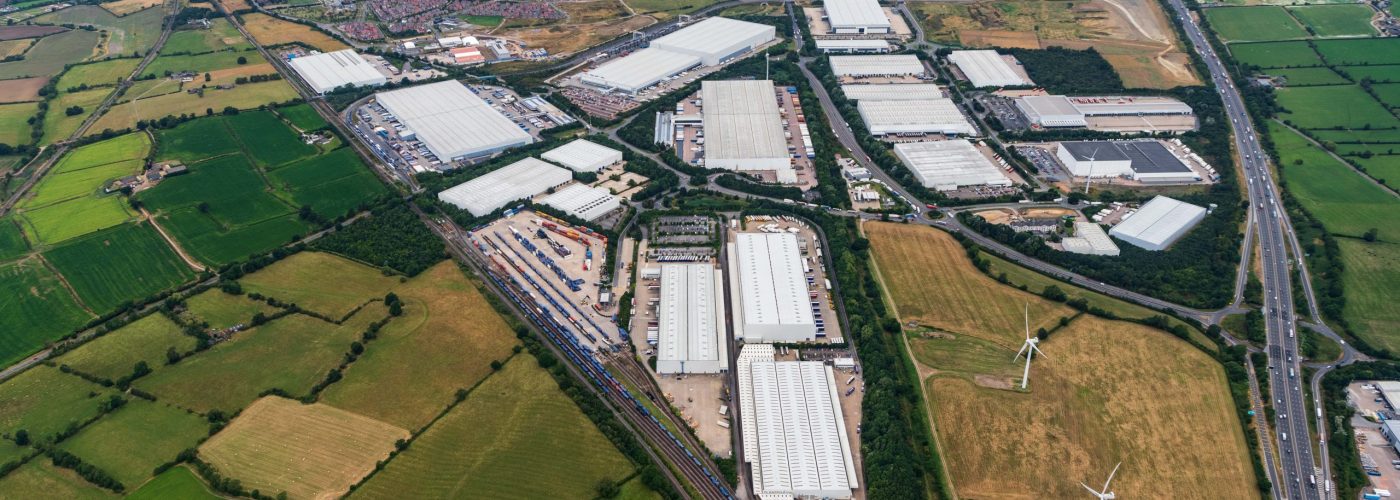Europe’s €500 billion logistics real estate market faces a structural supply gap of more than €150 billion, according to a new Prologis Research white paper, Persistent Supply Constraints Position Europe For Value Growth.
Regulatory hurdles, infrastructure bottlenecks, environmental requirements and political resistance are constraining new development across Europe. At the same time, demand for modern logistics space continues to grow, fuelled by e-commerce, supply chain resilience strategies and expanding urban populations. Meeting this demand is becoming increasingly difficult as barriers mount.
Europe’s Modern Logistics Concentration (MLC) index, which tracks logistics space relative to households, stands at 30 compared with 75 in the U.S. Because Europe’s cities are denser and networks more efficient, a perfect comparison is misleading; a benchmark closer to 50 is more realistic – still implying a major shortfall.
Eva van der Pluijm-Kok, vice president, Prologis Europe Research: “Even if Europe were to reach a more balanced level of logistics space, the shortfall would remain significant. At today’s pace of construction, closing the gap would take around eight years and require more than €150 billion of investment”
Development in urban locations faces the greatest challenges, pushing logistics construction further from cities — even though demand is strongest in urban markets. This is reflected in performance, with facilities close to consumers yielding higher rental growth. “City” and “Last Touch” sites have delivered rent growth of 150 to 240 basis points above the European average over the past three years. Quality matters too, with modern facilities commanding around a 9% rent premium in markets where occupiers have a choice.
While vacancy rates have risen, modern stock remains scarce. Supply of high-quality, well-located facilities is being kept close to frictional levels by structural barriers, and occupiers consistently prioritise sustainable modern buildings in prime corridors. This dynamic is already supporting rental growth and is likely to drive continued outperformance of modern assets over the long term.
The Netherlands illustrates how these forces converge. Grid capacity there is among the most constrained in Europe, a national nitrogen crisis has limited permitting, and public opposition to warehouse expansion – often described as the “boxification” of the landscape – has intensified political resistance. As a result, construction volumes for logistics real estate are well below peak levels.
Ben Bannatyne, President, Prologis Europe: “Scarcity in European logistics real estate is structural, not cyclical. For customers, access to modern, sustainable space in the right locations is more critical than ever. For investors, it reinforces the long-term value of well-located facilities, where scarcity continues to drive performance. At Prologis, our scale, strong networks and executional capabilities allow us to deliver where others struggle – ensuring durable, long-term returns for our stakeholders.”
Building, Design & Construction Magazine | The Choice of Industry Professionals





